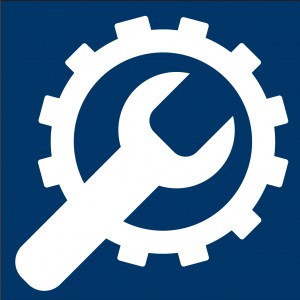
The intent of the Tool Kit & Best Practices is to provide the tools and examples of how governments, nonprofits, businesses, and citizens are addressing issues of sustainability affecting the region, in order to educate and empower others to build on these efforts to move closer to realizing the vision developed through Vibrant NEO 2040. The Tool Kit provides stakeholders with resources through products like mapping, new methods for communications and engagement, and best practices that have been developed to address issues that were articulated in the Conditions & Trends Platform or highlighted through the scenario planning process. Where local examples were not possible, state or national examples were added.
The Working Group focused on local examples for which contact information could be provided to better enable regional stakeholders, local officials, and others to take advantage of these resources. In addition, examples from outside the region were added where there were gaps by both the Working Group and Sasaki Team. Selection criteria were developed by the Working Group to ensure that suggested tools and best practices that made it into the tool kit were relevant to issues outlined in the Conditions & Trends Platform, the scenario planning process, or the HUD Livability Principles. A smaller review team was assembled to assist in this effort. Finally, the tools and best practices were aligned with the recommendations and initiatives of the Vibrant NEO 2040 Vision.
You can download an excel version of the toolkit here: Vibrant NEO Tool Kit and Best Practices
| How to use the Tool Kit | |
| The spreadsheet lists over 150 tools and best practices that support many of the recommendations and initiatives identified in Vibrant NEO 2040. Each tool and best practice is divided into six fields: location, tool name, description, website, contact organization and additional resources. | |
| Location: | The location of the tool/ best practice is labeled as local (i.e. within the NEOSCC 12-county area), state (i.e. within Ohio) or national level. In some cases, a tool or best practice is being used both locally and at the state or national level. |
| Tool Name: | Descriptive name of tool/ best practice. |
| Description: | A brief description is used to explain the general concept of the tool/ best practice. More information is available via the website and/ or contact information. |
| Website: | Web link to the specific tool/ best practice or general website, as appropriate. |
| Contact Organization: | General contact information is provided (if available). |
| Additional Resources: | An interactive link to important information that helps further explain the tool/ best practice. |
